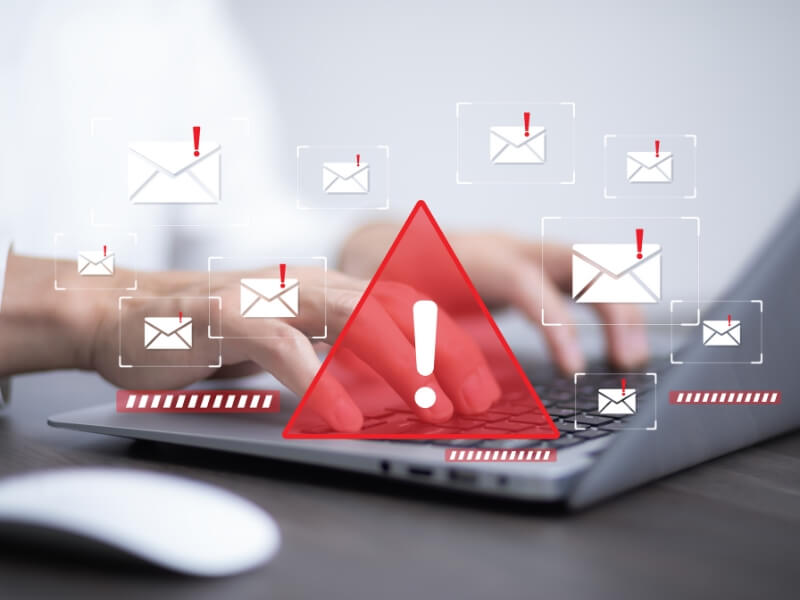Fake Website Hack Notice
Website security threats are very real, but so are scams designed to mimic them. One tactic on the rise is fake website hack notices messages falsely claiming your website has been compromised to trick you into handing over sensitive information or money.
Identifying and handling these scams is critical to protecting your site and avoiding costly mistakes.
Why Scammers Send Fake Hack Notices
Phishing emails come in all shapes and sizes, but fake hack notices are particularly sneaky.
Why? Because they play on urgency. When you think your website (your digital storefront, your livelihood) is at risk, it's easy to act fast. It could be too fast.
Cybercriminals know this, so they craft emails that look official, sound urgent, and demand immediate action. They want you to click first and ask questions later.

These emails often claim your site is attacked by malware, suffering from an SEO spam attack (like the infamous Japanese Keyword Hack), or has been flagged for suspicious content. They'll point you to a link that looks legitimate but isn't.
Spotting a Fake Website Hack Notice
So, how can you tell when it's fake?
Most phishing scams share subtle but reliable warning signs:
- Strange senders: The email may look official at first glance, but check closely. Hosting companies and security services don't use free email accounts or misspelled domains.
- Generic greetings are fine: If it says "Dear Website Owner" or "Dear Customer," that's a red flag. Most legitimate notices will use your name or website domain.
- Pushy language: Phrases like "Immediate action required" or "Your website will be shut down" are designed to make you panic.
- Suspicious links: Hover (don't click) over any link. Fake notices often redirect to phishing sites asking for your login info.
- Attachments: Real security alerts rarely include attachments. If a file is included, be extra cautious.
What a Real Website Security Alert Looks Like
Here's some relief real alerts don't look like phishing scams.
Legitimate messages from your web host, Google Search Console, or a security plugin (like Wordfence or Sucuri) are informative, not frightening.
They offer precise details about the issue and guide without demanding hasty action. Most importantly, they urge you to log into your account directly (not through a random link in an email) to view more information.
You won't be asked for payment, sensitive details, or passwords inside the alert.
What To Do If You Receive a Suspicious Hack Notice
If your gut says something is off trust it.
Here's what to do next:
- Visit your website directly. If it looks normal and runs fine, there's likely no issue.
- Log in through your hosting provider or security plugin, not through email.
- Run a malware scan. Tools like Sucuri's free scanner can help spot real issues.
- Report the email as phishing. Most email platforms make this easy.
- Change your passwords if you click anything or enter sensitive information, just to be safe.
Stay One Step Ahead of Website Phishing Scams
The best defense? Prevention and awareness.
Keep your website software and plugins up to date. Use strong, unique passwords. Turn on two-factor authentication whenever possible. And above all, educate yourself (and your team) to recognize phishing emails and scams.
These simple steps will protect you from fake hack notices and make your site much harder for cybercriminals to target.
Final Thought: Don't Let Scammers Control the Narrative
Fake hack notices are scary; scammers know that fear makes people act fast. But you're smarter than that. When you take a step back, evaluate calmly, and know what signs to look for, you take away their power.
Your website's security isn't just about firewalls and antivirus software. It's about staying informed, trusting your instincts, and knowing how to respond when something feels wrong.
Are you unsure if that email is real or fake? Just give us a shout we're happy to help you figure it out and protect your website.
